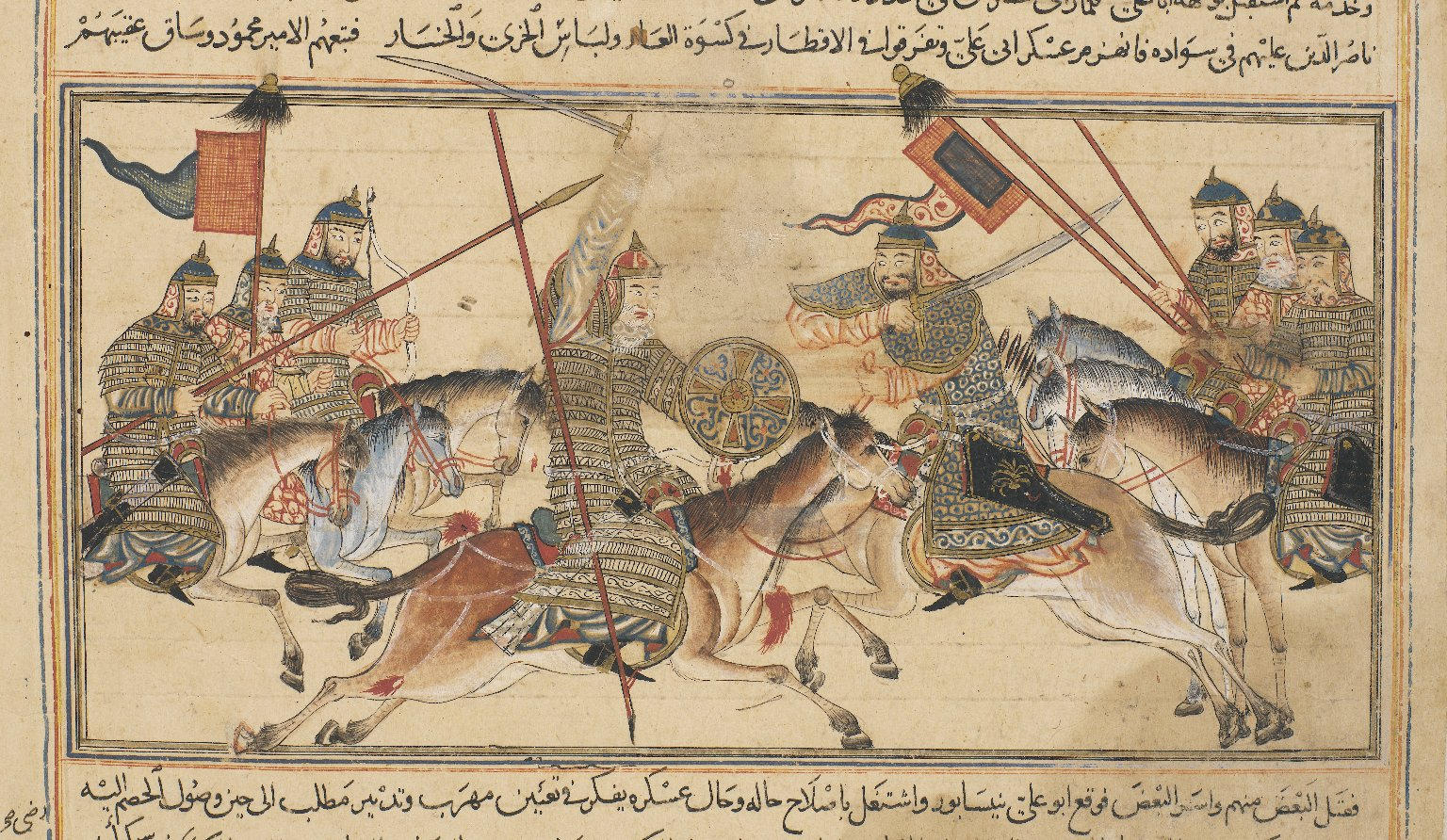Simjurids on:
[Wikipedia]
[Google]
[Amazon]
 The Simjurids were a Turkic family that served the
The Simjurids were a Turkic family that served the
Simjurids
" ''Encyclopaedia Iranica.'' Ed. Ehsan Yarshater. Columbia University. Retrieved 8 May 2012. {{Turkic topics Turkic dynasties Medieval Khorasan Ghilman 10th century in Iran
 The Simjurids were a Turkic family that served the
The Simjurids were a Turkic family that served the Samanid
The Samanid Empire ( fa, سامانیان, Sāmāniyān) also known as the Samanian Empire, Samanid dynasty, Samanid amirate, or simply as the Samanids) was a Persianate Sunni Muslim empire, of Iranian dehqan origin. The empire was centred in K ...
emir
Emir (; ar, أمير ' ), sometimes transliterated amir, amier, or ameer, is a word of Arabic origin that can refer to a male monarch, aristocrat, holder of high-ranking military or political office, or other person possessing actual or ce ...
s of Bukhara
Bukhara ( Uzbek: /, ; tg, Бухоро, ) is the seventh-largest city in Uzbekistan, with a population of 280,187 , and the capital of Bukhara Region.
People have inhabited the region around Bukhara for at least five millennia, and the city ...
in the 10th century. They played an influential role in the history of eastern Iran
Iran, officially the Islamic Republic of Iran, and also called Persia, is a country located in Western Asia. It is bordered by Iraq and Turkey to the west, by Azerbaijan and Armenia to the northwest, by the Caspian Sea and Tu ...
and southern Afghanistan
Afghanistan, officially the Islamic Emirate of Afghanistan,; prs, امارت اسلامی افغانستان is a landlocked country located at the crossroads of Central Asia and South Asia. Referred to as the Heart of Asia, it is border ...
during that time, and by the second half of the 10th century they had built a semi-independent principality in Khurasan
Greater Khorāsān,Dabeersiaghi, Commentary on Safarnâma-e Nâsir Khusraw, 6th Ed. Tehran, Zavvâr: 1375 (Solar Hijri Calendar) 235–236 or Khorāsān ( pal, Xwarāsān; fa, خراسان ), is a historical eastern region in the Iranian Plate ...
.
History
The Simjurids originated as Turkic slaves (''mameluks
Mamluk ( ar, مملوك, mamlūk (singular), , ''mamālīk'' (plural), translated as "one who is owned", meaning "slave", also transliterated as ''Mameluke'', ''mamluq'', ''mamluke'', ''mameluk'', ''mameluke'', ''mamaluke'', or ''marmeluke'') i ...
'' or ''ghilman
Ghilman (singular ar, غُلاَم ',Other standardized transliterations: '' / ''. . plural ')Other standardized transliterations: '' / ''. . were slave-soldiers and/or mercenaries in the armies throughout the Islamic world, such as the Safavi ...
'') for the Samanid amirs.Bosworth, p. 175 They quickly rose to prominence thanks to their skills as military commanders and governors, along with their extensive estates in the Quhistan
Quhistan ( fa, قهستان) or Kohistan (, "mountainous land") was a region of medieval Persia, essentially the southern part of Khurasan. Its boundaries appear to have been south of Khorasan to north, Yazd to West, Sistan to South, Afghanistan to ...
region which acted as a permanent power base.Treadwell
Their founder and eponym, Simjur al-Dawati, was appointed to various governorships in eastern and central Iran, and helped the Samanids to expand their authority in that region. His son Ibrahim ibn Simjur was appointed as governor of Khurasan in 944/945, but only held it for a short time. After Ibrahim's death, his son Abu'l-Hasan Simjuri was invested with the governorship of Khurasan and served in that position for almost three decades.
With the ascension of the child Nuh ibn Mansur to the Samanid amirate, Muhammad was able to gain greater autonomy from Bukhara for himself. He was a key figure in the struggles that wracked the Samanid state in the 970s and 980s. When he died, his son Abu Ali Simjuri took his father's place. Abu 'Ali completely renounced the sovereignty of the Samanids and was able to resist his enemies for some time, but was ultimately captured and executed by the Ghaznavids
The Ghaznavid dynasty ( fa, غزنویان ''Ġaznaviyān'') was a culturally Persianate, Sunni Muslim dynasty of Turkic ''mamluk'' origin, ruling, at its greatest extent, large parts of Persia, Khorasan, much of Transoxiana and the northwes ...
, another Turkic slave family, who then took over Khurasan.
List of Simjurids
* Simjur al-Dawati, (913-914) * Ibrahim ibn Simjur, governorship (945-946) * Abu'l-Hasan Simjuri, 1st governorship (956-960), 2nd governorship (961-982) * Abu Ali Simjuri, I 1st governorship (984-987), 2nd governorship (995-997)See also
*Turkic peoples
The Turkic peoples are a collection of diverse ethnic groups of West, Central, East, and North Asia as well as parts of Europe, who speak Turkic languages.. "Turkic peoples, any of various peoples whose members speak languages belonging to ...
* Timeline of Turks (500-1300)
*List of Turkic dynasties and countries
The following is a list of dynasties, states or empires which are Turkic-speaking, of Turkic origins, or both. There are currently six recognised Turkic sovereign states. Additionally, there are six federal subjects of Russia in which a Turkic l ...
* Samanids People
A person ( : people) is a being that has certain capacities or attributes such as reason, morality, consciousness or self-consciousness, and being a part of a culturally established form of social relations such as kinship, ownership ...
* Ghaznavids
The Ghaznavid dynasty ( fa, غزنویان ''Ġaznaviyān'') was a culturally Persianate, Sunni Muslim dynasty of Turkic ''mamluk'' origin, ruling, at its greatest extent, large parts of Persia, Khorasan, much of Transoxiana and the northwes ...
Notes
References
* Bosworth, Clifford Edmund. ''The New Islamic Dynasties: A Chronological and Genealogical Manual.'' Great Britain: Columbia University Press, 1996. *Treadwell, Luke.Simjurids
" ''Encyclopaedia Iranica.'' Ed. Ehsan Yarshater. Columbia University. Retrieved 8 May 2012. {{Turkic topics Turkic dynasties Medieval Khorasan Ghilman 10th century in Iran